ST-1.3 Bus Rapid Transit (BRT)
-
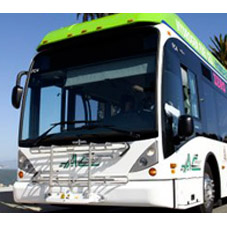 AC Transit HyRoad
AC Transit HyRoadUnited States - From March 2006 through mid-2010, AC Transit operated three fuel cell buses, logging over 270,000 miles and carrying over 700,000 passengers, all while achieving significantly greater overall energy efficiency than diesel buses.
-
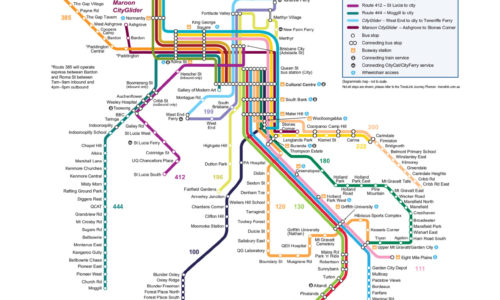 Brisbane Busway Network
Brisbane Busway NetworkAustralia - Like other cities in developed countries, Brisbane experienced a rapid decline in public transportation usage in the post war period. Despite an extensive rail network, the proportion of public transport trips in the city declined from roughl
-
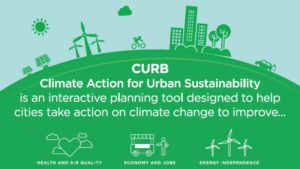 CURB: Climate Action for Urban Sustainability
CURB: Climate Action for Urban SustainabilityDuring Climate Week NYC in September 2016, the World Bank, together with C40 Cities, the Compact of Mayors, and other partners, launched a new planning tool called “CURB: Climate Action for Urban Sustainability,” which can help address some of these issue
-
 Clean Energy Solutions Center
Clean Energy Solutions Center“The Clean Energy Solutions Center helps governments design and adopt policies and programs that support the deployment of clean energy technologies.
-
 York Viva
York VivaCanada - YRT/Viva offers local and rapid transit services in all nine York Region municipalities. More than 120 routes keep residents connected within the Region, along with connecting services in the City of Toronto and the Region of Peel. In addition, M
-
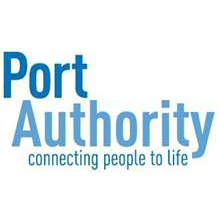 South Busway and East Busway in Pittsburgh
South Busway and East Busway in PittsburghCanada - Pittsburgh was the first city in the United States to implement elements of bus rapid transit, and helped paved the way for more robust U.S. BRT systems. In 1977, only three years after Curitiba, Brazil implemented the world’s first BRT system,
-
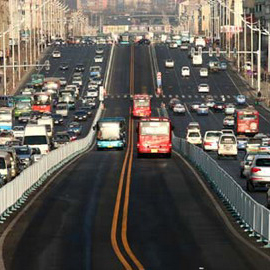 Dalian Bus Rapid Transit
Dalian Bus Rapid TransitChina - Bus Rapid Transit in Dalian, a coastal city in northeast China’s Liaoning province, began operating at the beginning of 2008 in the hopes that the 13.8-km-long BRT route – of which 9 km are dedicated busway – would ease the pressure on urban traff
-
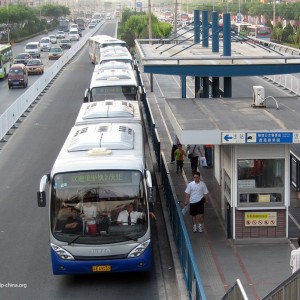 Southern Axis BRT Line One in Beijing
Southern Axis BRT Line One in BeijingChina - Beijing’s Rapid Bus Transit (BRT) opened on December 30, 2005 and quickly began to transform transportation in the crowded city.
-
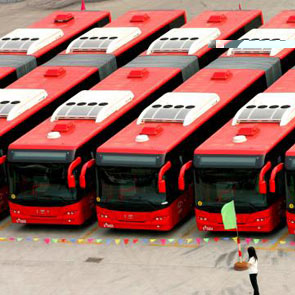 Hangzhou Bus Rapid Transit
Hangzhou Bus Rapid TransitChina - Hangzhou Bus Rapid Transit (BRT) began operation in 2006 with 27.2 km of service (7 km of busway). The system was expanded with two additional line extensions in 2008, 2009, and 2010, and today provides passengers with 55.4 km (18.8 km of busways)
-
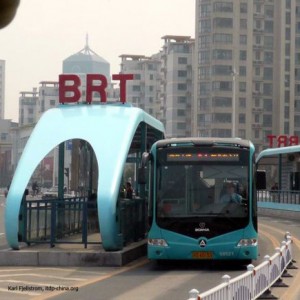 Changzhou Bus Rapid Transit
Changzhou Bus Rapid TransitChina - The Changzhou BRT boasts separate bus lanes or bus-only roadways, a vast network of routes and corridors, high capacity buses operating both outside and inside these corridors, greater passenger volume as compared to that in mixed traffic lanes, e
-
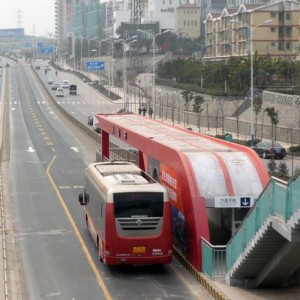 Chongqing Bus Rapid Transit
Chongqing Bus Rapid TransitChina - Chongqing Bus Rapid Transit launched in 2008 along an 11.5-km route, of which six kilometers are dedicated busway (three fully segregated). Buses run quickly (reaching speeds of 32 km/hr), but infrequently (with a frequency of only 4 buses/hr). Th
-
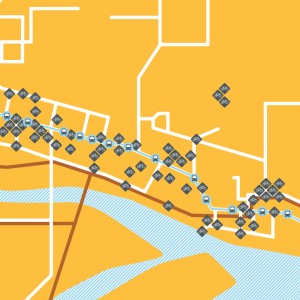 Guangzhou Bus Rapid Transit (GBRT)
Guangzhou Bus Rapid Transit (GBRT)China - Guangzhou, one of the fastest growing cities in the world, has gained almost three million inhabitants in the past decade. The resulting increase in traffic congestion led the city and its agencies, including the Guangzhou Metro Design Institute,